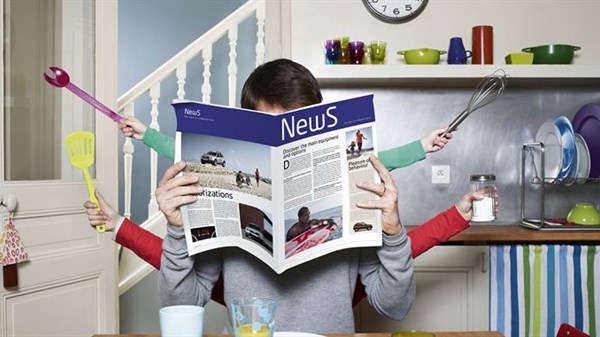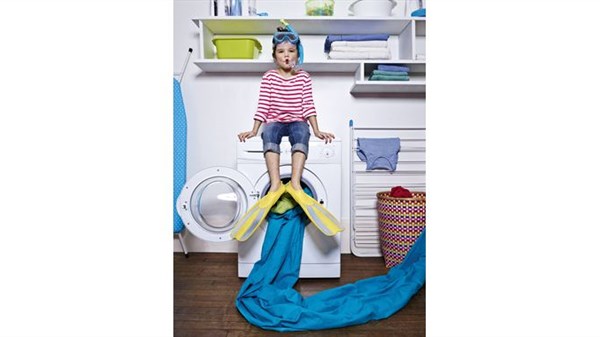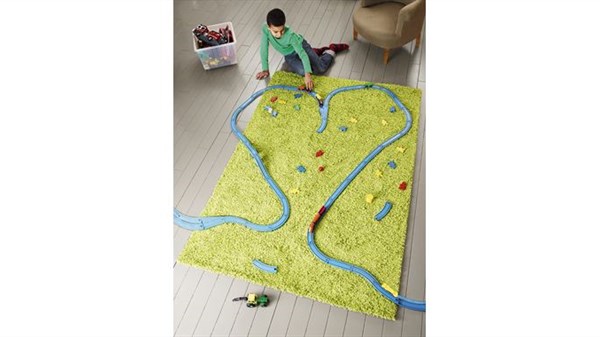The Brand
The Dacia Brand
Generous
Dacia assures an excellent price and has also developed a very accessible and customised maintenance and after-sales program.
Simple
Dacia vehicles are well-designed, simple to use, easy to maintain, and most of all, affordable. Dacia sets the example for a new way of conducting business.
Reliable
Dacia benefits from Renault Group's industry and engineering experience by designing and fabricating robust and reliable vehicles.
Dacia guarantees all models for 3 years or 100,000 km, the first of the two limits reached.
Smart
Dacia is the smart choice. A different way of consuming.
History
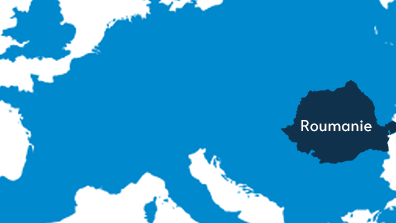
1966: The Dacia brand, named after the ancient Romanian land of Dacia, is founded in Romania.
A license agreement was signed with Renault..
Dacia's mission is to produce modern, familial and robust vehicles for all Romanians.
A license agreement was signed with Renault..
Dacia's mission is to produce modern, familial and robust vehicles for all Romanians.
1999: Dacia becomes a Renault Group brand.
Renault purchases Dacia and radically modernises the historical factory in Pitesti. A change quality is realised. The difficult Romanian climate, poor roads and long distances through the Carpathian mountains require reliable vehicle.
2004: Dacia launches Logan, a family sedan that becomes the symbol of the brand's revival.
All production records were broken the following year. The Dacia range is expanded, with the release of Logan MCV (Break) in 2006, Logan Van in 2007, Logan Pick-Up in 2008.
Renault purchases Dacia and radically modernises the historical factory in Pitesti. A change quality is realised. The difficult Romanian climate, poor roads and long distances through the Carpathian mountains require reliable vehicle.
2004: Dacia launches Logan, a family sedan that becomes the symbol of the brand's revival.
All production records were broken the following year. The Dacia range is expanded, with the release of Logan MCV (Break) in 2006, Logan Van in 2007, Logan Pick-Up in 2008.
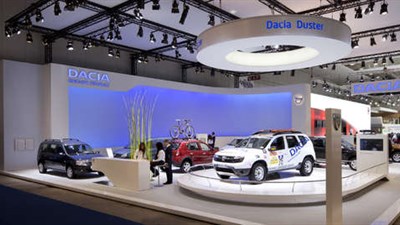
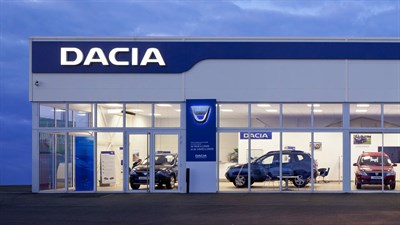
2011: Dacia wins over 340,000 clients in one year. The Romanian Pitesti factory is in full swing, with the Somaca factory in Morocco working to reinforce it.
2012: A new factory is inaugurated in Tangiers, Morocco, in order to expand the Dacia range of vehicles, which now includes Lodgy, a 5- to 7- seater family van, the Dokker combispace and the Dokker Van.
The future? Dacia is already in the process of creating new generous, simple, reliable and smart models that remain very affordable.
2012: A new factory is inaugurated in Tangiers, Morocco, in order to expand the Dacia range of vehicles, which now includes Lodgy, a 5- to 7- seater family van, the Dokker combispace and the Dokker Van.
The future? Dacia is already in the process of creating new generous, simple, reliable and smart models that remain very affordable.
Environment
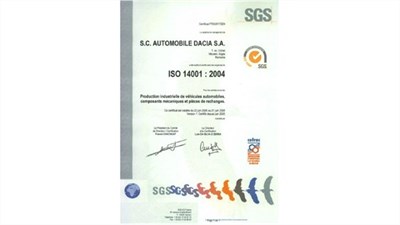
DACIA AND ENVIRONMENTAL CONSERVATION/THE PROTECTION OF THE ENVIRONMENT
Dacia has developed its own environmental policy in accordance with the norms and processes used by the Renault Group. Dacia abides by environmental management practices that are readable and "auditable".
Dacia is working towards implementing progressive methods, tools and management standards to reduce the environmental impact by the Renault Group:
- Environmental managerial system conforming to ISO 14001 standards.
- Development of 10-year environmental master plan concerning the Mioveni industrial site, paying particular attention to the launching of now vehicles, modifications of industrial facilities and the targeted reduction of environmental impact.
- Investing in reducing source impacts. In 2003, facilities for liquid waste reduction were implemented in the Dacia plant.
- Periodic internal and external inspections.
- Employee training with programs in soil pollution and workplaces exposed to pollution.
- Internal communication through the publication "Ecoton", external communication and the drafting of an "Environmental Standard" for the general public and the residents of the Dacia hub in Mioveni.
- External reporting attesting to the environmental practices and figures of the Renault Group.
Dacia invests over 10 million Euros in environmental protection.
Dacia obtained ISO 14001 in July 2005 from the independent organisation, SGS Bucharest, in recognition of its dedication to environmental management.
ECO CONCEPT
Dacia vehicles were designed with the environment in mind.
- Environmental protection is incorporated into the design/production/manufacturing of the vehicle and its mechanical parts. Dacia and its suppliers are involved in every step of production to reduce the environmental impact generated by a vehicle throughout its life.
- The emission of green house gases.
- Reducing the consumption of energy is equivalent to reducing the emission of green house gases. During the production phase, Dacia vehicles are tuned and equipped to minimize the consumption of fuel and minimize green house gas emission.
The majority of vehicles are equipped with an anti-pollution system comprised of catalytic converter and oxygen sensors, which prevents the discharge of pollutant gases into the atmosphere.
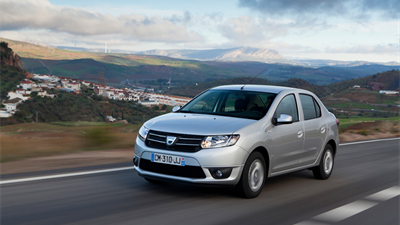
Security
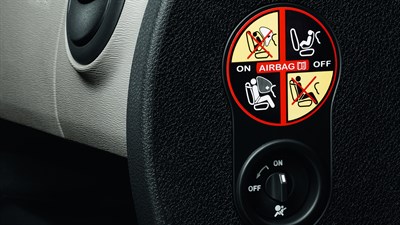
Security According to European Standards
Logan has made significant efforts regarding security. Renault engineers sought to find different solutions to those adopted for "traditional" projects, in order to achieve standards closer to the most recent generation of Renault vehicles.
The Logan vehicle meets European security norms. It survived the most difficult Renault tests in addition to those carried out by independent European bodies and specialised press. The vehicle performed well and passed various brake and obstacles tests.
After the Logan was launched, numerous articles appeared in the European press attesting to its safety.
The Logan vehicle meets European security norms. It survived the most difficult Renault tests in addition to those carried out by independent European bodies and specialised press. The vehicle performed well and passed various brake and obstacles tests.
After the Logan was launched, numerous articles appeared in the European press attesting to its safety.
Active Safety
Logan safety solutions begin with already existing Renault brand equipment:
- Entirely re-designed frontal deck based on the Clio II model.
- Back derived from B-platform (Modus model).
- Brake and steering system (mechanical or hydraulic assistance, depending on the version) correspond to Renault specifications.
The top of the range Logan has electronic brake force distribution and is equipped with the same Bosch 8.0 ABS system as the Mégane II model .

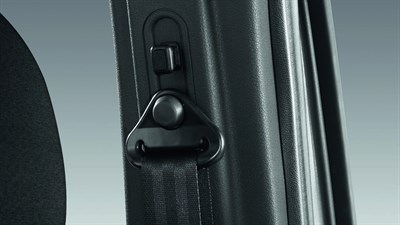
Passive Safety
Developed on a derivation of the B-platform (Renault Modus and Nissan Micra models), Logan benefits from Renault Engineers principles concerning safety and road-holding:
- Driver-side and passenger-side airbags, 2/3 rear seatbelts and head rests (depending on the version).
- Protection for limbs and pelvis on front-deck and front door panels.
- The honeycomb dashboard reduces impact on the knees. A cross behind the rear seat limits the risk of objects piercing the cabin.
